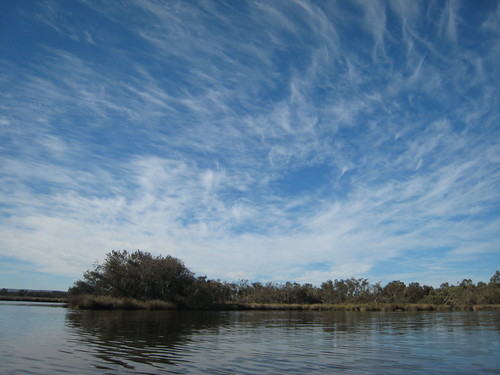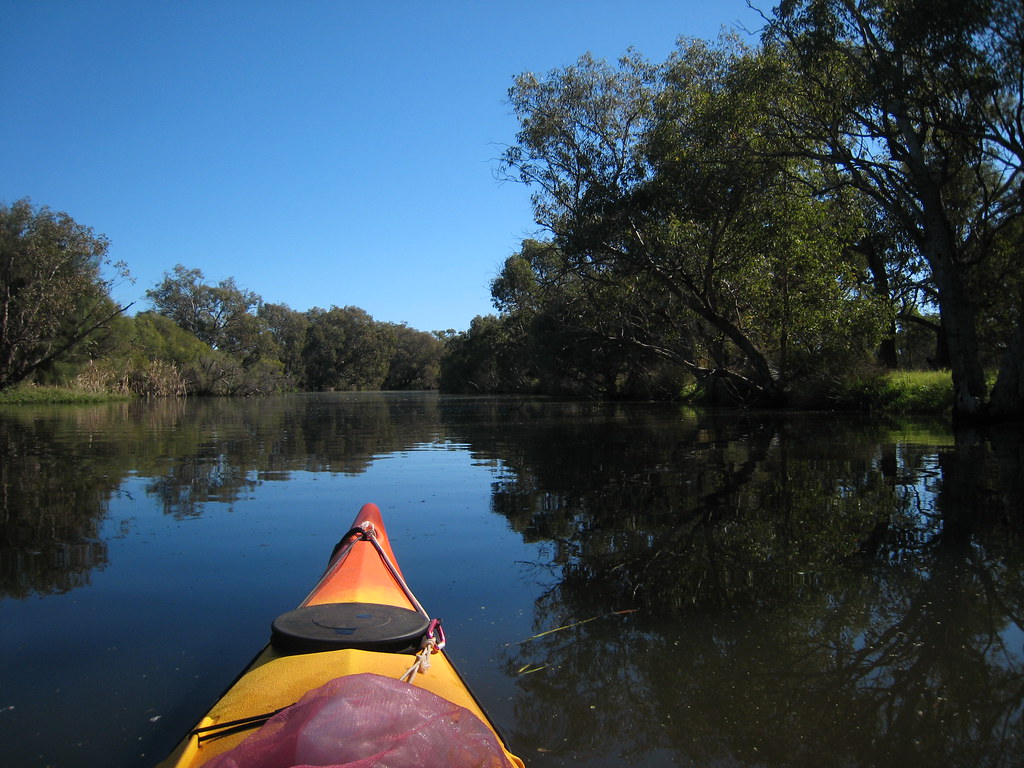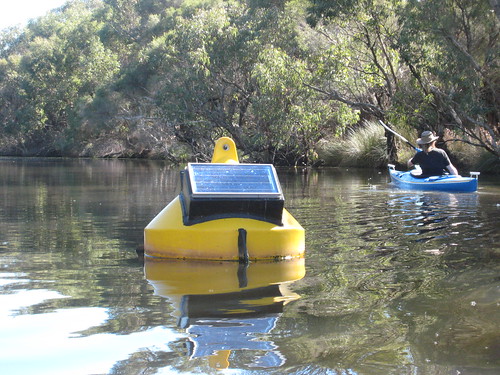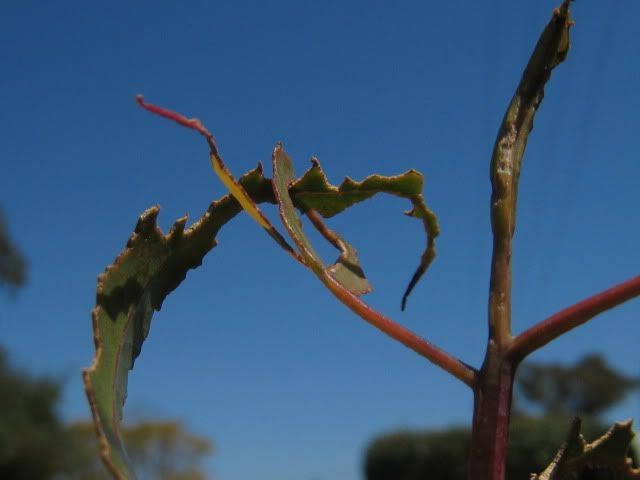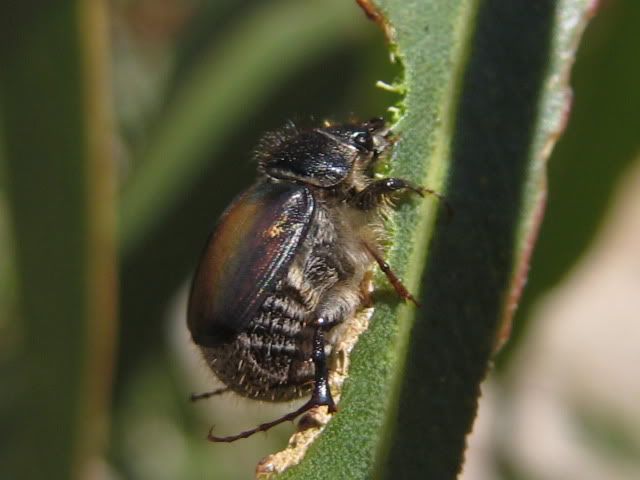A relatively recent visit to Te Papa, the national museum in Wellington was one good long afternoon of exploring some national treasures (taonga) from a variety of cultures and ages. And while wandering among the exhibits ranging from a giant pickled squid to some bloke's No. 8 fencing wire, innovative, shed-made motorbike , some fabulous artworks and wonderful South Pacific treasures, I found one upstairs gallery replete with Victorian and Edwardian era NZ silversmithery. There were cups and plates and fanciful trinkets, and this little number:
And so I looked at the description, and said 'fuck' and 'for fuck's sake' very loudly, which drew the attention of some nearby young German backpackers. And yes, it's hard language but I was gobsmacked and which is worse?
I explained to the concerned German tourists why this trinket from a begone era was the NZ equivalent of a Thylacine lucky foot, and it could sit easily among a passenger pigeon pie, a dodo featherduster, a stuffed giant auk backscratcher, a Steller's seacow leather footrest and a quagga skin floor rug in a crowded gallery of oppulence, overexploitation and shame. A stunning forest bird with a curious natural history, the huia (Heteralocha acutirostris) was a victim of a combination of the Victorian era obsession with stuffing zoological specimens into extinction, the introduction of mustelids like stoats, and the massive deforestation of the North Island of New Zealand.
And so - 100 years ago, intrepid explorers were busy hunting for any signs of huia, three years after being considered extinct. In 1911 and not far from this Te Papa exhibit, a Mr Hugh Girdlestone, a railway engineer and surveyor employed by the NZ Lands and Survey Department and a Fellow of the Royal Geological Society, was busy searching the Tararua Ranges for any sign of huia [1]. He believed that his team had heard the song of the huia, for he wrote in a letter "that his men, who are familiar with native bird life, reported to him that they had heard the note of a strange bird, which from their description he believed to be a huia", and that an old settler had also reported seeing a bird. And they were searching in an area that, not 20 years beforehand, huia were not uncommon. There were soaringly high hopes for this expedition to find any remaining individuals and relocate them to Kapiti Island - a pioneering project in the translocations of endangered birds and a site of translocation efforts to this day. Alas - they were unsuccessful and the rest is history - as the last unconfirmed sightings were in the 1920's.
1: A letter received by the Otago Daily Times from H. Girdlestone, 1911, and a letter to Mr W. H. Field, (M.P), reported in the Wellington Post and to the Otago Daily Times, published 6th July 1911 under the title "Strange birdsong may be the key". http://www.odt.co.nz/opinion/100-years-ago/167865/strange-birdsong-may-be-key





